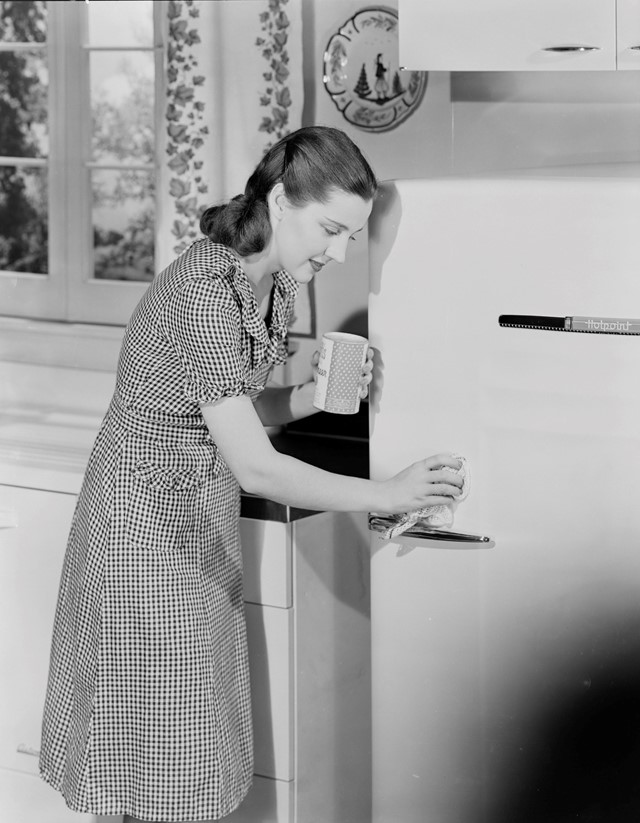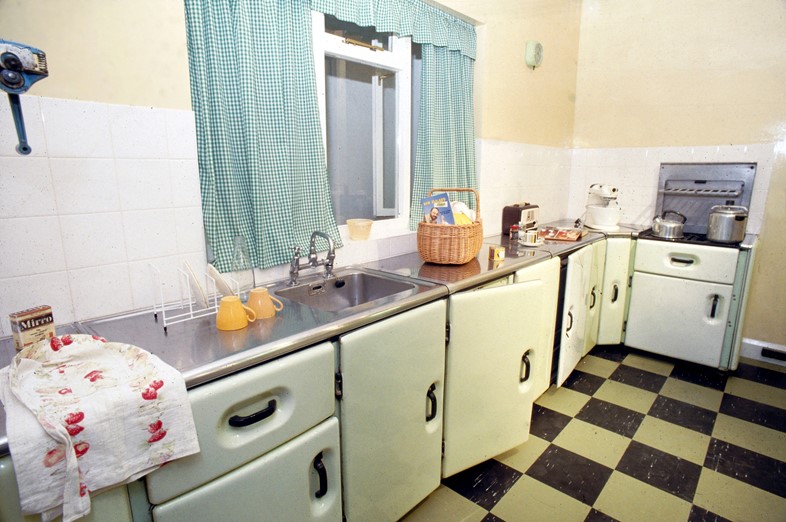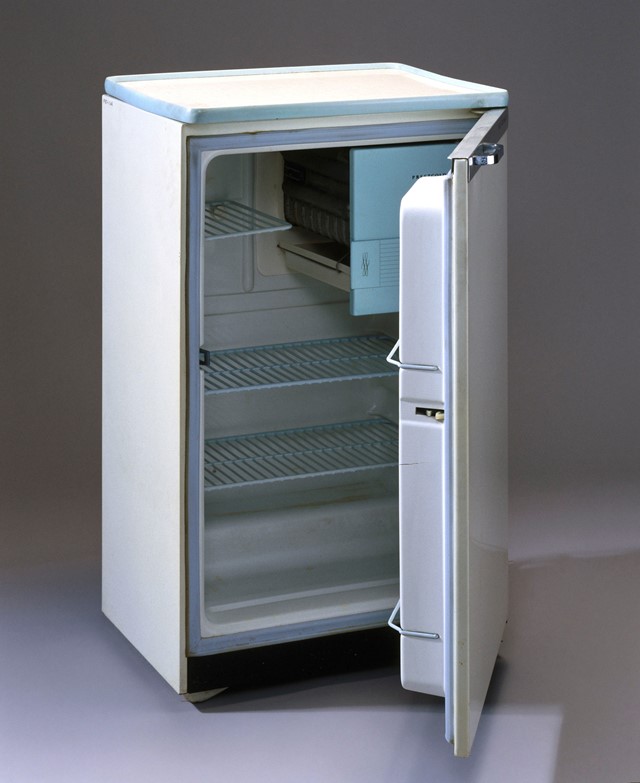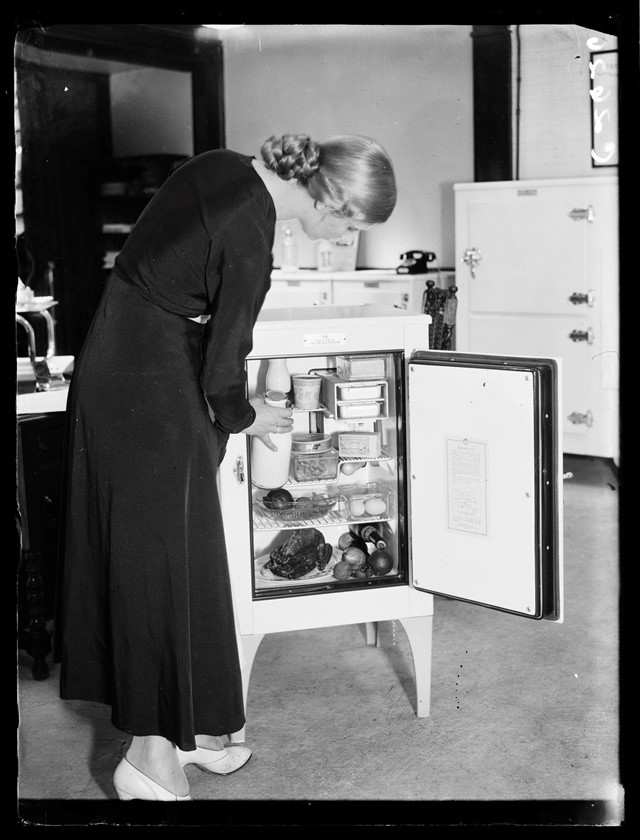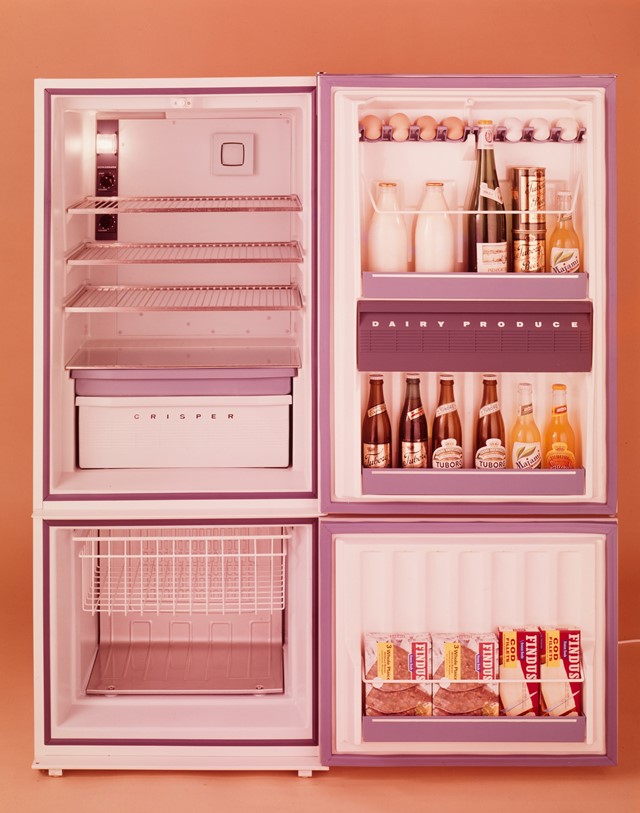Nigella dips in and out of hers with a seductive elegance usually reserved for the glamour of a walk-in wardrobe, while your 14-year-old brother treats it as a bottomless pit of sustenance that exists only to remedy his irrepressible appetite. As we barrel towards 2018, the humble fridge has a place in in every corner of our lives — and no-one more so than the Science Museum’s curator of consumer technology Helen Peavitt, who recently authored Refrigerator: The Story of Cool in the Kitchen. But as you delve into the unexpectedly vibrant past of this domestic staple, it is overwhelmingly apparent that the introduction of the oversized cool-box we now all take for granted changed the culinary landscape forever.
Back in 2012 the Royal Society named refrigeration the most important innovation in the history of food technology. In the five years since that moment there have been dramatic, politically influenced shifts in how we identify luxury, affluence and excess. Peavitt’s intriguing nose-dive into the history of this pivotal but everyday invention exposes the role household technology and its increasingly rapid development plays in dictating socio-economic identifiers.
In Victorian life, only the affluent classes would even recognise the drinks-cabinet style ice-boxes that littered the homes of wealthy homebodies and entertainers. Although these primitive boxes produced no cold of their own (instead relying on the insertion of solid blocks of ice), they were the luxury items that served as a catalyst for the mass desire to serve and preserve chilled produce in a way that had never been possible before. As Alton Brown stated in 2005, “There is no such thing as ‘cold’, only less heat”. The transition from free-standing boxes reliant on the insertion of ice to early versions of the self-cooling appliances we know today required major advances in science and technology, but by 1960 many households in America and around the globe recognised the fridge as a desirable yet attainable essential for the home. It’s safe to say that the developing domestic identity of the refrigerator throughout the 1960s was responsible for many of the spectacularly kitsch culinary experiments ambitious hosts inflicted on their guests in the 1970s.
Hurtle forwards several decades and you find yourself in a world where refrigeration has become an interior design matter. Lovers of mid-century style with a penchant for a towering pavlova can be found tripping over themselves to get a bulky but charming Smeg fridge into their kitchen, while those feeding hoards of rampant offspring and a herd of canine sidekicks are looking for the all-singing, all-dancing ice, water (and blood, if it’s available) dispensing giants made popular by MTV’s Cribs and endless series of pre-packaged salads in Keeping Up with the Kardashians. Regardless, whether you’re packing 20 bottles of Cristal or hoarding a four-day-old lasagne in the run up to payday, the brilliantly researched stories and nostalgic photographs in Peavitt’s ode to cool are bound to make you smile.
Refrigerator: The Story of Cool in the Kitchen by Helen Peavitt is out now, published by Reaktion Books.
